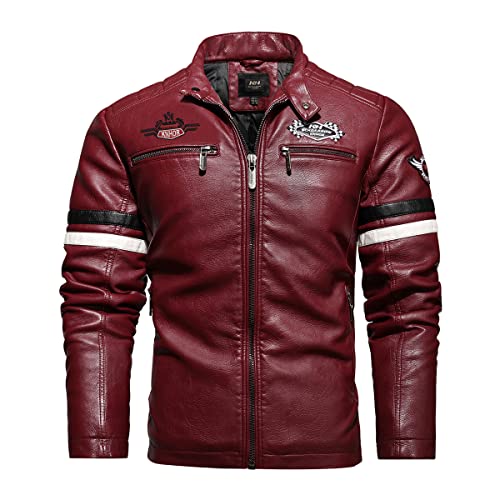fjrrider
aka "sprocket"
I know that the FJR isn't SFF. I only bring that up because that is the extreme example of where the two sides are NOT set identically.
And no, I have not intentionally set mine differently. My point was, try as you might to set them identically, they won't be. My conclusion is, I don't think it really matters much (if at all) if the two sides happen to be identical. If you just get the total amount of spring, preload and dampening that you need then it's all good.
If one fork leg happens to have a tad more spring preload or dampening in one direction or the other, you'd never be able to tell because the two fork legs are hard bolted together and work completely in unison.
Edit - Let me just add that, unless the fork triple trees were designed for it, I would not intentionally put all of the spring preload in one leg or all of the dampening in one side as it would probably put undue twisting forces on those trees.
Good Luck, I hope it works for you!





























































